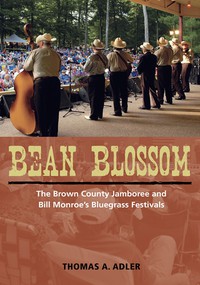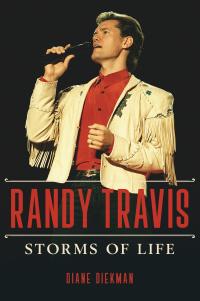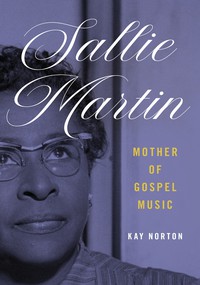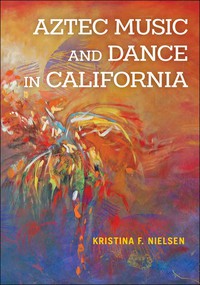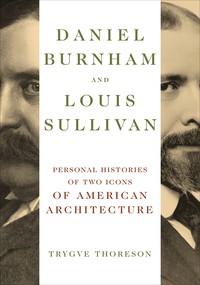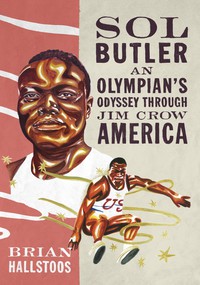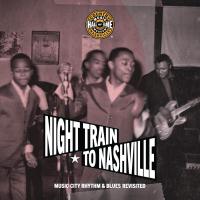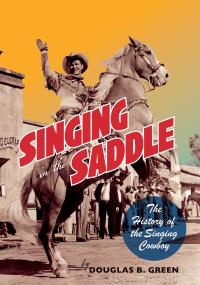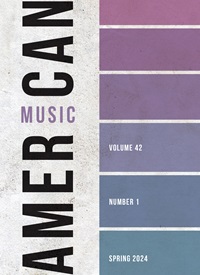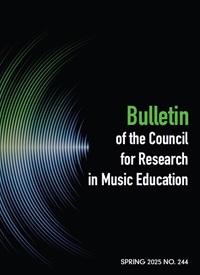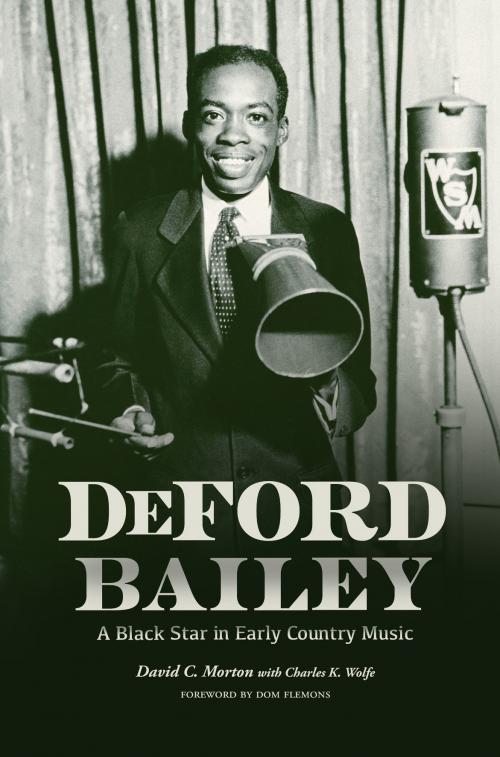
DeFord Bailey
About the Book
A founding member of the Grand Ole Opry and the program’s first Black star,DeFord Bailey (1899–1982) was among the Opry’s most popular early performers.Known as the “Harmonica Wizard” for his virtuosity on the instrument, he was alsoa singer, guitarist, banjoist, and composer.For decades following his departure from the Opry, the story of this extraordinary musician--who toured with such popular Opry acts as Roy Acuff, Bill Monroe, and the Delmore Brothers--was shrouded in mystery. This meticulously researched biography, long out of print, tells the story of a pioneering Black star in early country music in rich and fascinating detail. The book’s original publication in 1991 helped pave the way for Bailey’s election to the Country Music Hall of Fame in 2005.
Includes a new foreword by musician Dom Flemons, forty-five illustrations, and a complete session discography.
About the Author
David C. Morton is the former executive director of the Reno(Nevada) Housing Authority. Charles K. Wolfe (1943-2006) was professorof English and folklore studies at Middle Tennessee State University. His ten books include A Good-Natured Riot: The Birth of the Grand Ole Opry.Reviews
"A legend comes to new life in this dynamic biography. . . . Morton offers [Bailey's] story to a new generation, with a strong hint that further veneration of this amazing talent should now be in order." --BookReporterBlurbs
“David Morton’s book is a story about this wonderful little man, who stood less than five feet tall, and his gift to this world. It is beautifully illustrated, and is worth reading both to know about the musical contributions of DeFord Bailey, but also for a deeper understanding of the early days of radio, the Grand Ole Opry, the South of that era, and to see how this music came to be, and what still makes it so wonderful.”--James Talley, The Journal of Country Music
